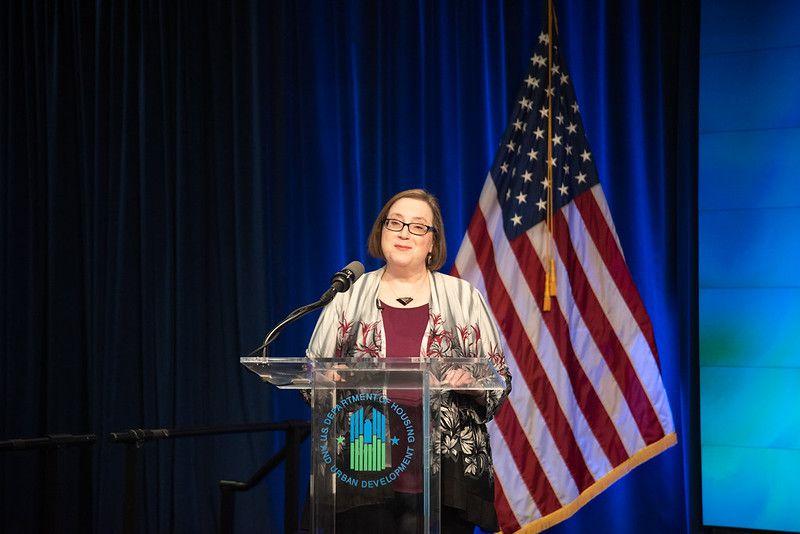Massive Layoffs Continue in the Mortgage Industry

Over the past few weeks we've seen a number of big companies announce layoffs, but few industries have been hit as hard as the mortgage industry.
Banks, including JPMorgan and Wells Fargo, have announced major layoffs in their mortgage divisions.
Other lenders that specialize specifically in mortgage lending are also laying off employees at alarming rates. In some cases, like with LoanDepot, reducing their workforces by as much as 42 percent.
Better.com is also cutting its employees significantly by 34 percent, and Zillow similarly is laying off 25 percent of its workers.
Others lenders like Sprout Mortgage and First Guarantee Mortgage are closing their doors.
So, what’s causing these massive layoffs and sparking major changes in the mortgage industry?
The short answer is a change in demand for mortgages.
Mortgage rates hit historic lows in 2020 and continued to be low in 2021 with an average 2.68% interest rate on a 30-year fixed-rate mortgage. Low interest rates meant it was a good time to get a mortgage, and demand skyrocketed.
Homebuyers applied for mortgages, and homeowners refinanced their existing mortgages. Both groups took advantage of these low rates.
As 2022 brought increasing concerns around growing inflation, the Federal Reserve started increasing interest rates to curb inflation. For example, this year the interest on a 30-year fixed rate mortgage has nearly doubled, rising from from 3.29 percent to 5.77 percent.
Higher interest rates means fewer applications for mortgages and refinancing, so the workload mortgage lenders receive has diminished. However, the current shift in demand is more significant than just some fluctuation:
There’s been an 80 percent reduction in refinancing in 2022 compared to 2021, and experts anticipate mortgage origination dropping by 35-50 percent.
Lenders specializing in mortgage services are the hardest hit by this significant change in demand because they often do refinancing and tend to serve first-time homebuyers who often get priced out when interest rates increase.
Banks are better positioned to weather changes in demand because they offer a broader variety of financial services. However, this particular change in demand even has banks laying off high numbers of workers.
These industry changes are also affecting stock prices. While the drops vary by company and type of fund, they are significant. Forbes reports the following stock price drops:
- Zillow: 50 percent decrease
- Rocket: 60 percent decrease
- Redfin: 80 percent decrease
The economy has changed dramatically over the last couple of years because of unexpected events and their consequences. As drastic as the change in demand for mortgages is, it may ultimately be the mortgage industry returning to normal levels.
So, what do these changes mean for prospective homebuyers and current homeowners?
Well, prospective homebuyers are looking at mortgages with higher interest rates. Paying a higher interest rate means a lower equity to interest ratio when you make mortgage payments.
However, interest rates may go down in the future, so you could look into refinancing your mortgage later if you bought a house now.
Before you make a decision, consider your needs, finances, and long-term goals. You should also evaluate different approaches to the current market: buy now and refinance or delaying a purchase.
If you’re a current homeowner and are looking to sell, realize that you may need to lower your asking price since mortgage rates add to the overall cost for homebuyers. You may also have a harder time selling your home as the market cools.
Read More
Mortgage Rate Predictions 2025: Here’s What Experts Are Predicting
See 2025 mortgage rate predictions from experts like Fannie Mae & NAR. Learn what to expect if you're buying, refinancing, or investing.
2025 FHA Interest Rates
Learn how FHA interest rates work, what affects them, and how to get the best rate, especially if you're a first-time buyer or have lower credit.
Mortgage Demand Falling, What Does It Mean for Homebuyers?
In recent months, mortgage rates have been on an upward trend. However, they are now starting to fall. Learn what this means for homeowners and real estate investors.
Julia Gordon Sworn in as FHA Commissioner
Learn about Julia Gordon who was recently sworn in as the FHA Commissioner under the HUD Secretary.
Is a foreclosure crisis looming?
The CFBP was formed amidst the ashes of the housing market’s demise over a decade ago. Are they worried another crash is on its way?






